What are the Types of Servo Motors?
In industrial applications such as automation technology, servo motor is the most commonly used high-tech equipment. Servo motor can control speed and position accuracy, also can convert voltage signals into torque and speed to drive control objects. Servo motor is divided into AC servo and DC servo two categories.
AC Servo Motor
The rotor inside the servo motor is a permanent magnet, and the U/V/W three-phase electricity controlled by the driver forms an electromagnetic field. The rotor rotates under the action of this magnetic field. At the same time, the encoder of the motor feeds back the signal to the driver. The driver compares the feedback value with the target value and adjusts the rotation angle of the rotor. The precision of servo motor depends on the encoder's.
The structure of AC servo motor can be divided into two parts, namely stator part and rotor part. The stator structure is basically the same as that of the rotary transformer, and the two phase windings with 90 degrees of electric angle are placed in the stator core. One group is the exciting winding and the other group is the control winding. AC servo motor is a two-phase AC motor.
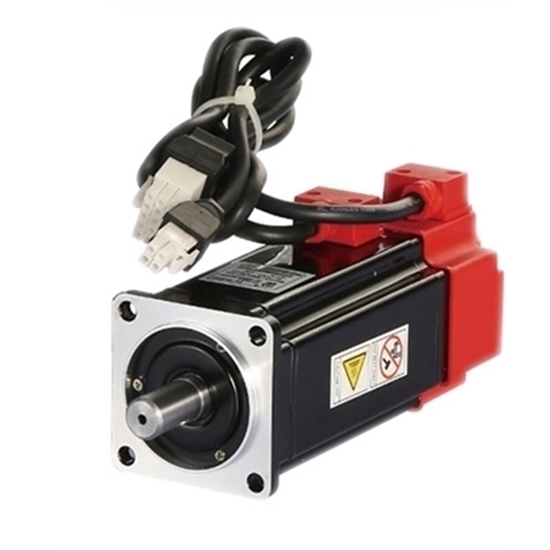
AC Servo Motor Applications
Material Measurement
Powder material measurement, commonly used screw measurement method. Through the screw rotation of the number of turns to achieve the purpose of measurement. In order to improve the accuracy of measurement, the screw speed is adjustable and the position is accurate. If the ac servo motor is used to drive the screw, the advantages of high control precision and good torque frequency characteristics of ac servo motor can be achieved fast and accurate measurement. For the measurement of viscous material, AC servo motor can be used to drive the gear pump, through a pair of gear pump meshing to measure.
Horizontal Sealing Device
The horizontal sealing device is an important mechanism in bag-making automatic packaging machine. It not only requires accurate positioning, but also requires that the linear speed of the horizontal sealing wheel be equal to the speed of the film. After rolling, the rotational speed of the horizontal sealing wheel should increase, that is, phase separation at a faster speed.
Material delivery
The working mode of packaging machinery for material delivery has intermittent type and continuous type. In the intermittent mode of material supply and delivery, such as in the intermittent bag-making machine. If the AC servo motor is used to drive the pulley, the distance, running time and stopping time of the AC servo motor can be set in advance in the controller. The length of the film can be accurately controlled by the excellent acceleration and positioning performance of AC servo motor.
DC Servo Motor
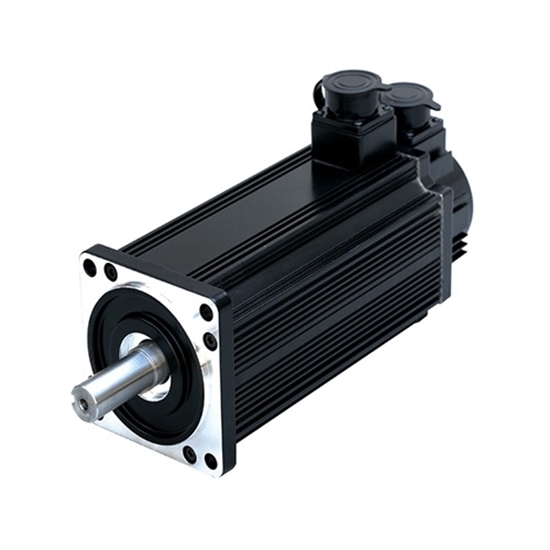
DC servo motor, which includes stator, rotor core, motor rotating shaft, servo motor winding commutator, servo motor winding, speed motor winding, speed motor commutator, all rotor core is made of silicon steel punching sheet laminated press fixed on the motor rotating shaft.
The motor which is used as a DC servo motor generally have a separate DC source in the field of winding and armature winding. Control can be archived by controlling the armature current or the field current. Depending on the application, the control shall be applied to the DC servo motor. Due to low armature inductance, dc servo motors provide very accurate and fast response to start or stop command signals. DC servo motors are used in similar equipment and computer numerical control machines. Actuators in various digital control systems. Power drives that require precise control of constant speed or require precise control of speed change curves.
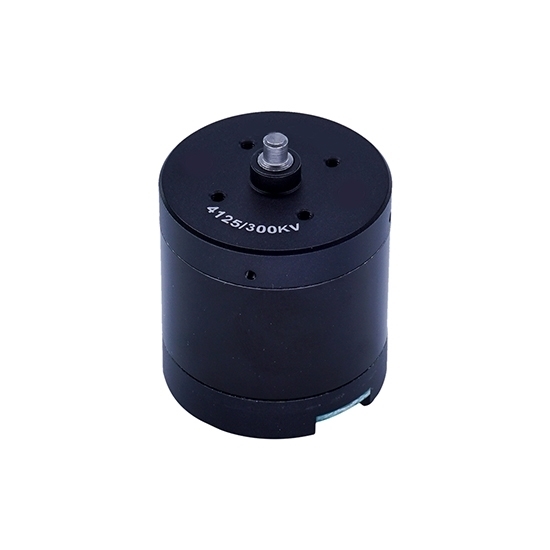
Brushless DC servo motor is a typical mechatronics product composed of motor body and driver. Because brushless DC motor is operated by automatic control, it will not add another starting winding on the rotor like synchronous motor with heavy load under variable frequency speed regulation, and will not produce oscillation and out-of-step when the load changes. The permanent magnet of brushless DC motor with small and medium capacity is now mostly made of rare earth NdFeB material with high magnetic energy level. Therefore, the volume of rare earth permanent magnet brushless motor is one frame size smaller than that of three-phase asynchronous motor with the same capacity. With the improvement of life demand, also appeared waterproof brushless DC motor.
In terms of structure, brushless motor and brush motor have similarities, also have rotor and stator, but brush motor and the structure of the opposite. The rotor of a brush motor is a coil winding, connected to the power output shaft, and the stator is a permanent magnet steel. The rotor of the brushless motor is permanent magnet steel, which is connected to the output shaft together with the housing, and the stator is the winding coil.
Linear Servo motor
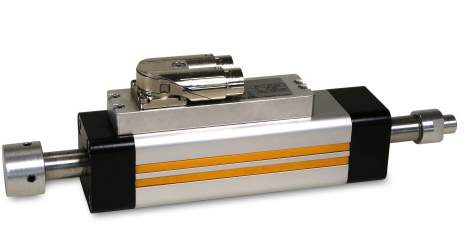
Linear servo motor is a kind of motor similar to position rotation servo motor. But it has additional mechanisms to change the output back and forth from the direction of the circle. The working principle likes torque motors, but they are turned on and pushed flat. Electrical energy is converted into linear mechanical energy with high efficiency through electromagnetic interaction between coil assembly (main part) and permanent magnet assembly (minor part). Other common names for major components are motor, moving part, slide or slide, while minor components are also called magnetic circuits or tracks.
Because the linear servo motor is designed to generate high force at low speed or static, dimensions are not based on power but purely on force, as opposed to conventional drives. The moving part of a linear servo motor is directly coupled to the machine load, which saves space, simplifies the machine design, eliminates backlash and eliminates potential fault sources. Such as ball screw system, coupling, belt, or other mechanical transmission.
Gear Servo Motor
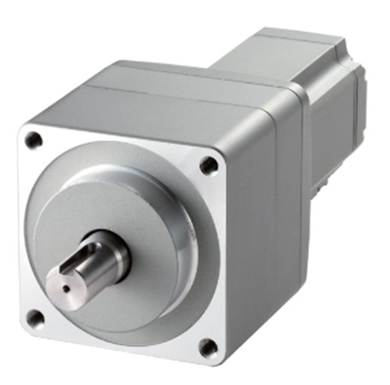
Gear servo motor is a kind of motor which can produce high torque when the low speed motor output. This type of motors are used in many different applications and are commonly found in homes and workplaces. A gear servo motor can run on either AC or DC motors. The output range of a gear motor can be between 1200 and 3600 revolutions per minute or RPM.
The purpose of the gearbox is to reduce the speed and thus produce a different torque at the end of the shaft. Torsional stiffness is the torsional resistance generated when torque is applied to motor shaft, transmission element and load. An infinitely rigid system can transfer torque to the load without angular deflection around the axis of rotation. However, even the strongest steel shafts can warp slightly under heavy load. The deflection varies with the applied torque, the material of the transmission element and its shape. It makes intuitive sense that long, thin parts are more flexible than short, thick ones. This resistance to torsion is how helical springs work, because compression produces a slight twist in each turn of the spring. When torsional stiffness is not infinite, the system behaves like a spring, which means that potential energy is stored in the system while the load resists torsion.
RC Servo Motor
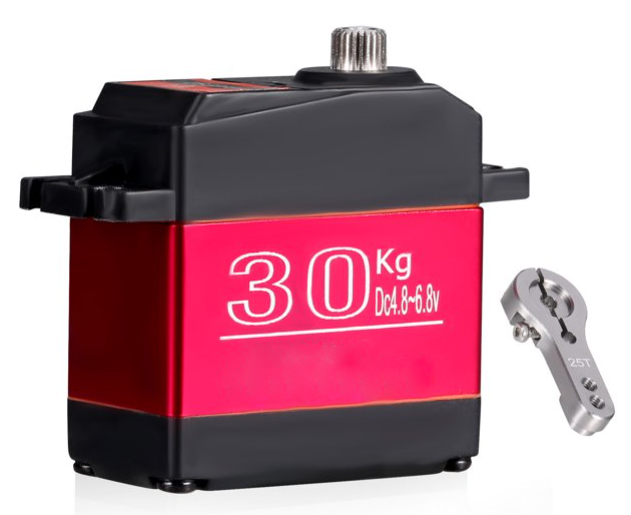
RC servo motor refers to the engine that controls the operation of mechanical components in the servo system, and is an indirect variable speed device for auxiliary motors. RC servo motors can accurately control speed and position accuracy, and can also convert voltage signals into torque and speed to drive control objects. Servo motor rotor speed is controlled by the input signal, and can respond quickly. In the automatic control system, RC servo motor used as an executive element, and has the characteristics of small electromechanical time constant, high linearity, starting voltage, can convert the electrical signals received into the angular displacement or angular velocity output on the motor shaft. When the signal voltage is zero, there is no rotation phenomenon, and the speed decreases uniformly with the increase of torque.

